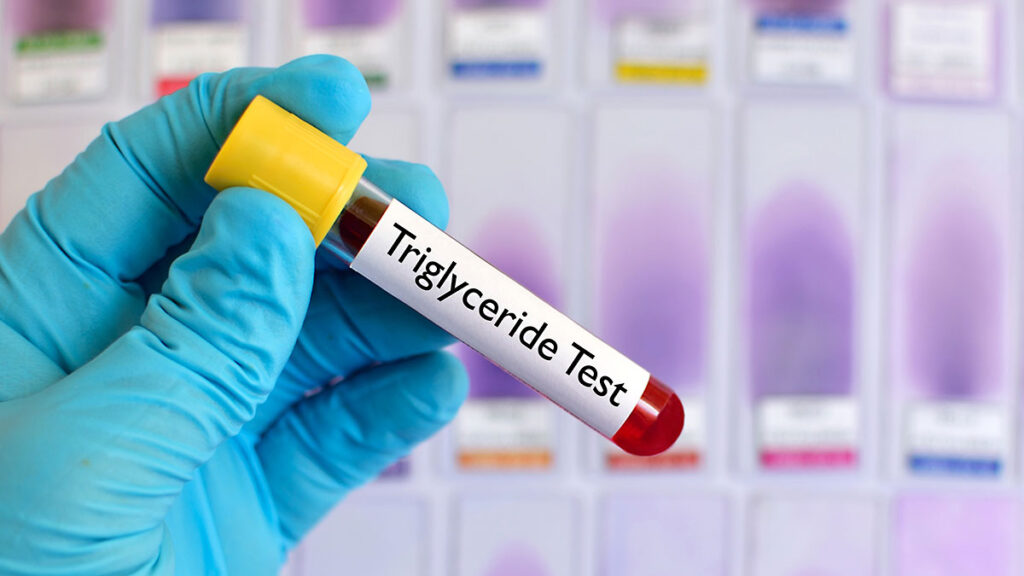You get your labs back. Your cholesterol is “normal.” You breathe a sigh of relief.
But hold on a second. Just because your total cholesterol and LDL aren’t waving red flags doesn’t mean you’re in the clear. A deeper look at your triglyceride-to-HDL ratio might reveal a very different—and much more telling—story about your metabolic health.
What Is the Triglyceride-to-HDL Ratio?
The triglyceride-to-HDL (TG:HDL) ratio is a powerful, often overlooked marker of insulin sensitivity and cardiometabolic risk. It takes two common markers from a basic lipid panel and turns them into a more insightful risk predictor.
How to calculate it:
- Take your triglyceride number.
- Divide it by your HDL cholesterol.
Example:
- Triglycerides = 150
- HDL = 50
- Ratio = 150 ÷ 50 = 3
What Your Ratio Means:
- Under 2 – Insulin sensitive (ideal)
- 2 to 4 – Moderate risk
- Over 4 – Often a sign of insulin resistance, fatty liver, and early cardiometabolic dysfunction
This ratio can give us early insight, often years before blood sugar markers like fasting glucose or A1C begin to shift. It’s one of the earliest clues that your body may be struggling to process carbs and regulate insulin.
What to Do if Your TG:HDL Ratio Is High:
- Cut refined carbs, sugar, and alcohol. These spike insulin and worsen lipid profiles.
- Add strength training. Muscle improves insulin sensitivity and metabolic flexibility.
- Manage stress. Chronic cortisol dysregulation contributes to insulin resistance.
- Get fasting insulin + advanced lipid testing. Don’t stop at basic labs.
- Track your progress over time. Healing is a process, not an overnight fix.
Why Test Fasting Insulin?
Because insulin resistance often begins long before your glucose numbers go up. Elevated fasting insulin is one of the earliest signs that your metabolism is off track. It’s a major contributor to weight gain, energy crashes, brain fog, inflammation, and more. The sooner we catch it, the sooner we can reverse it.
What Is Advanced Lipid Testing?
Advanced lipid panels go beyond the basic “good vs. bad cholesterol” story. They look at:
- LDL particle size and number (small, dense LDL = higher risk)
- Lipoprotein(a) – a genetically driven risk factor most providers don’t test
- Apolipoprotein B – a more accurate count of atherogenic particles (aka, the ones that cause plaque and drive heart disease)
This Is Functional Medicine.
We don’t just treat numbers. We treat people. Instead of waiting for a diagnosis to hit, we look upstream, find the root causes, and create a personalized plan that actually supports your long-term health.

